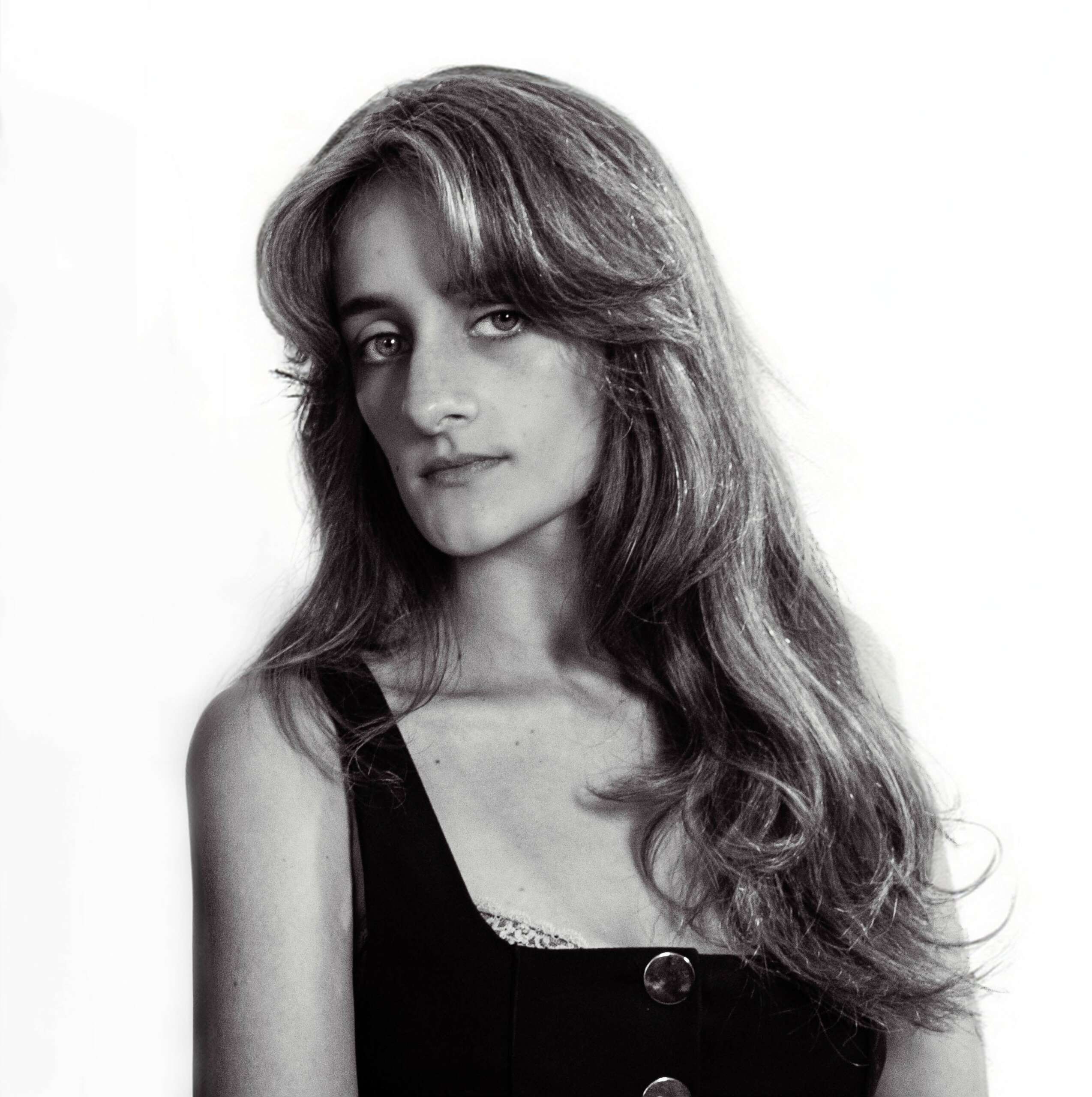We were lucky to catch up with Valeria Guerra-Garcia recently and have shared our conversation below.
Alright, Valeria thanks for taking the time to share your stories and insights with us today. Learning the craft is often a unique journey from every creative – we’d love to hear about your journey and if knowing what you know now, you would have done anything differently to speed up the learning process.
One of my first art mentors, Toto Fernandez, taught me a lesson about the craftsmanship of painting that I will never forget. “Every artist has a recipe”. I have always been a person who wanted to dive in headfirst. I am a pretty impulsive artist, and from the beginning, I craved to jump into a painting without a plan, without a strategy, and with the expectation of finishing the work quickly. I was always so excited about creating, but I never really took the time to figure out how my practice and craftsmanship affected my work. I was full of ideas about what I wanted to paint, never really thinking about the how. “Figure out your recipe, then you can experiment.” Toto made me stop after every step and write down what was working and what wasn’t. Doing this helped me figure out how I painted, what colors worked for me, how much blending I liked, and how many layers of oil I wanted. I started decoding my paintings until I found a recipe that worked for me.
Learning my craft was very gradual and very instinctive. Although I learned a lot from classical training, like figure drawing, anatomy, and color theory, I think most of my learning was intuitive. The bulk of the teaching of my craft came from repetition and practice. I spent much time cranking out as much work as possible. Making a large body of work was crucial for understanding how I paint. From multiple “failures”; bad compositions, muddy colors, and weird palettes, I discovered what I liked and didn’t, which allowed me to become confident in my work. Learning my craft mainly entailed piecing together the puzzle of my studio practice recipe; once I figured it out, experimenting and changing it became easier because I had a strong base.

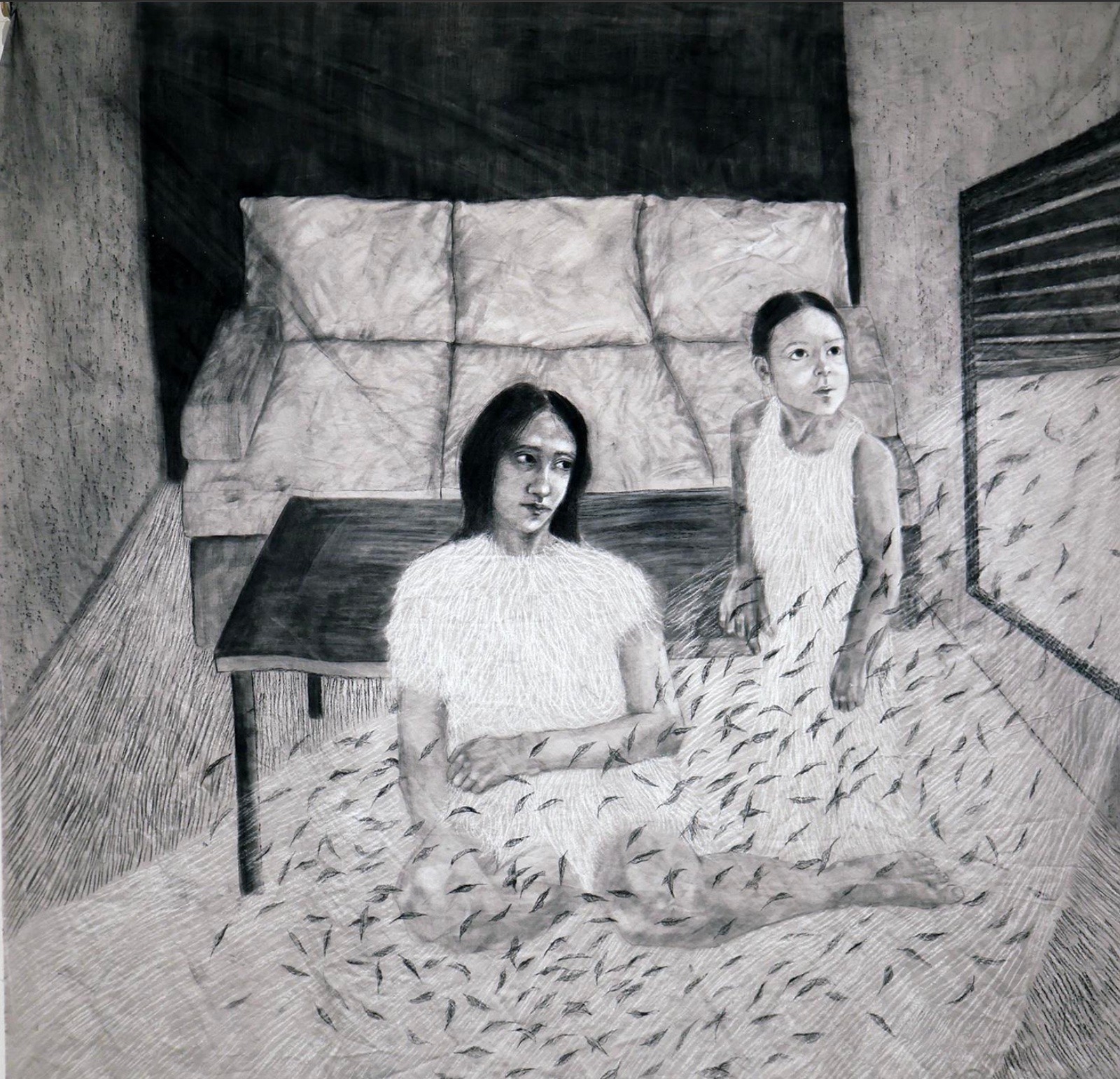

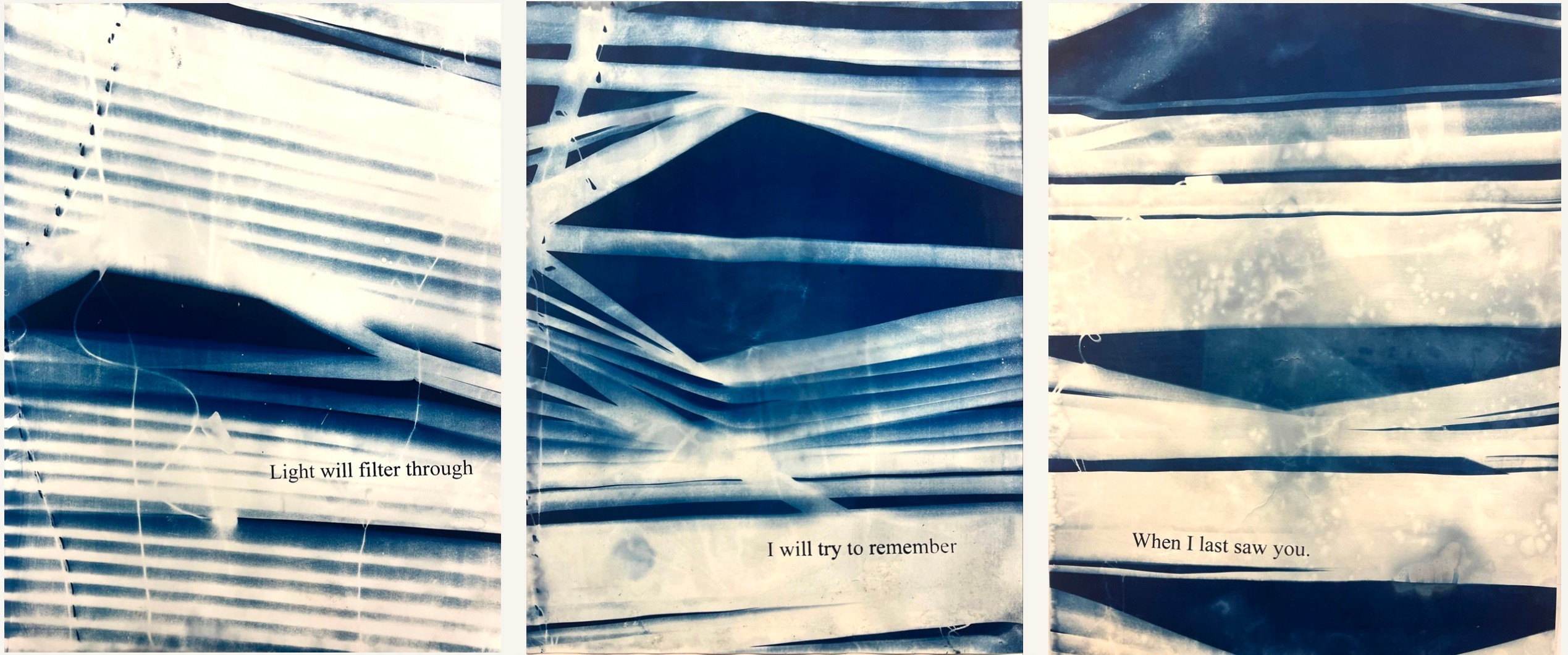

What do you find most rewarding about being a creative?
The most rewarding aspect of being an artist, especially in fine arts, is that I get to play. I get to be a scientist, researcher, historian, anthropologist, and philosopher all at once. Fine arts let me explore everything I’m curious about. Each project can be as niche as I want it to be, allowing me to dive deep into the smallest details of the human experience and create art based on those insights. What I love most is letting my personal interests and questions guide my work. I can spend months figuring out how to make a light-reactive printmaking series, studying religious art, or learning to make life-sized plushies. It’s incredibly liberating to have a career that flows with my interests. It keeps me curious and makes it impossible to get bored!
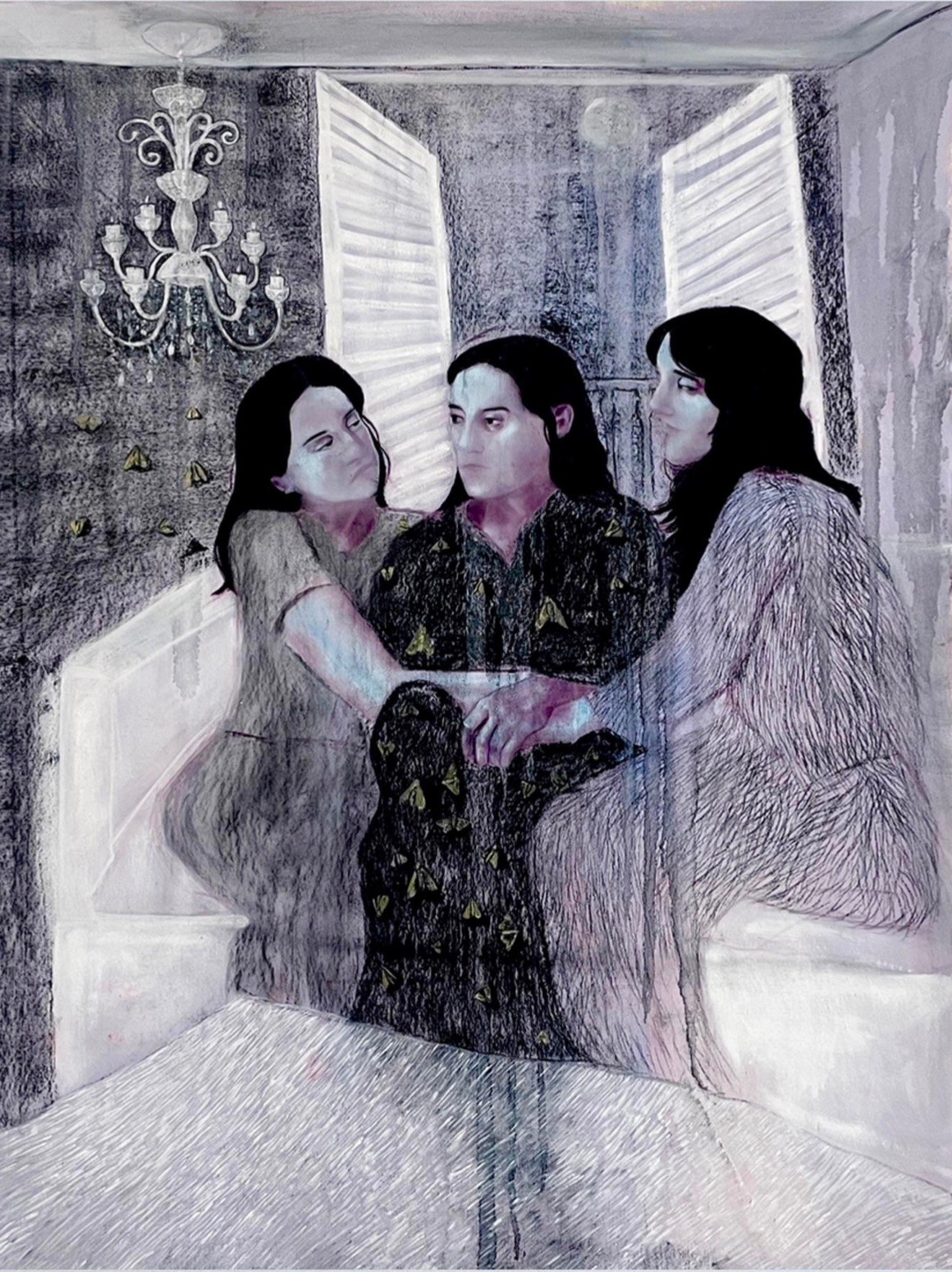

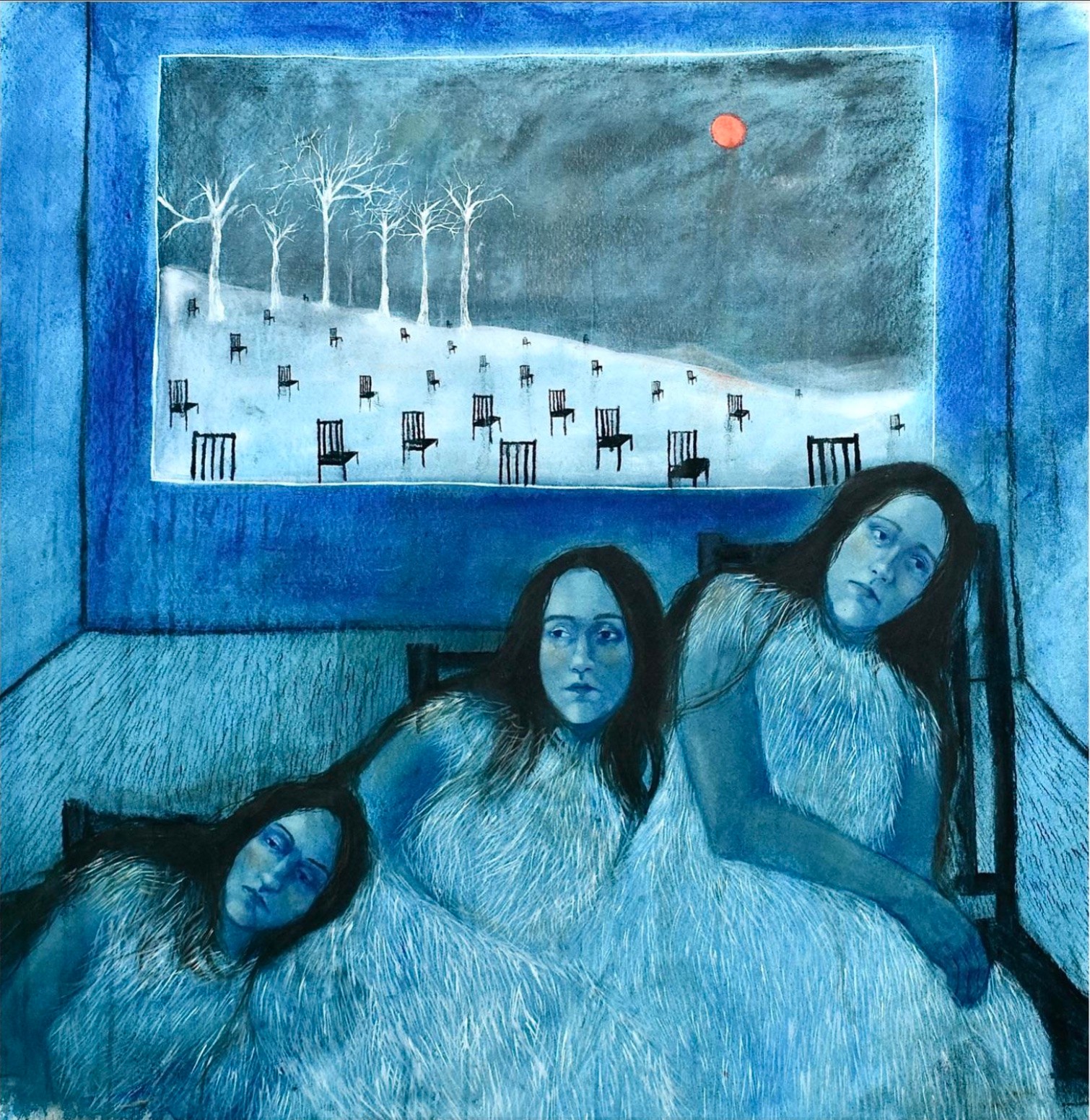
Looking back, are there any resources you wish you knew about earlier in your creative journey?
A resource I wish I had embraced earlier in my creative journey is other artists. I’ve learned invaluable things from my peers that I could never have picked up from books or websites. Simple tips and tricks—like how to store brushes, sand gesso, or hang work—are all bits of wisdom passed down to me by other artists.
I think the most important aspect of being an artist is being part of the community and learning from it. Other artists are the ones who will listen to you ramble on for hours about a piece you want to create and actually share in your excitement. The best critiques, advice, and ideas for improving my work have come from other artists. Reaching out to this community can be intimidating at first, but it is by far the most valuable resource.
Contact Info:
- Website: https://ggm.format.com
- Instagram: @_ggm_v


